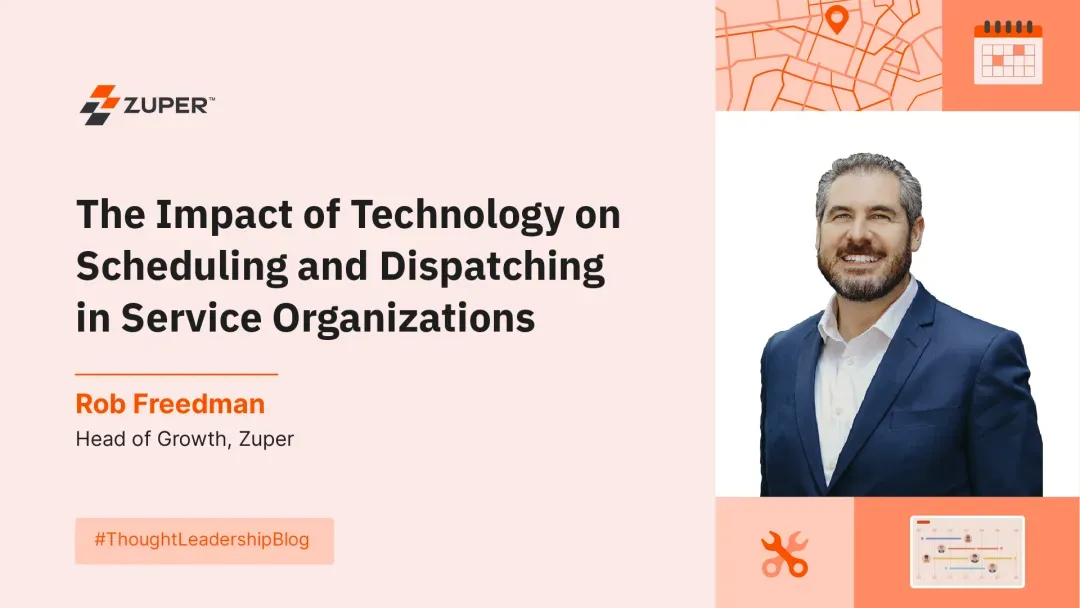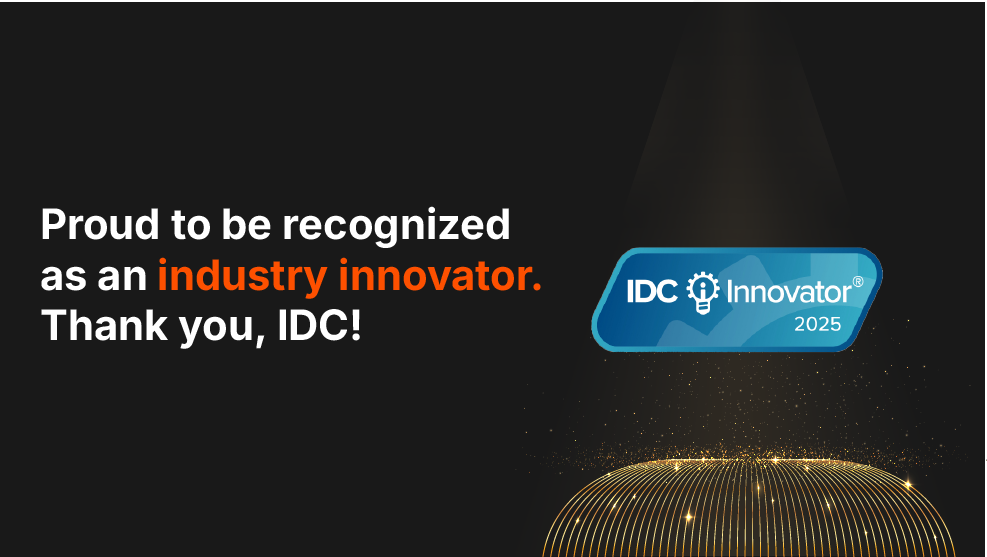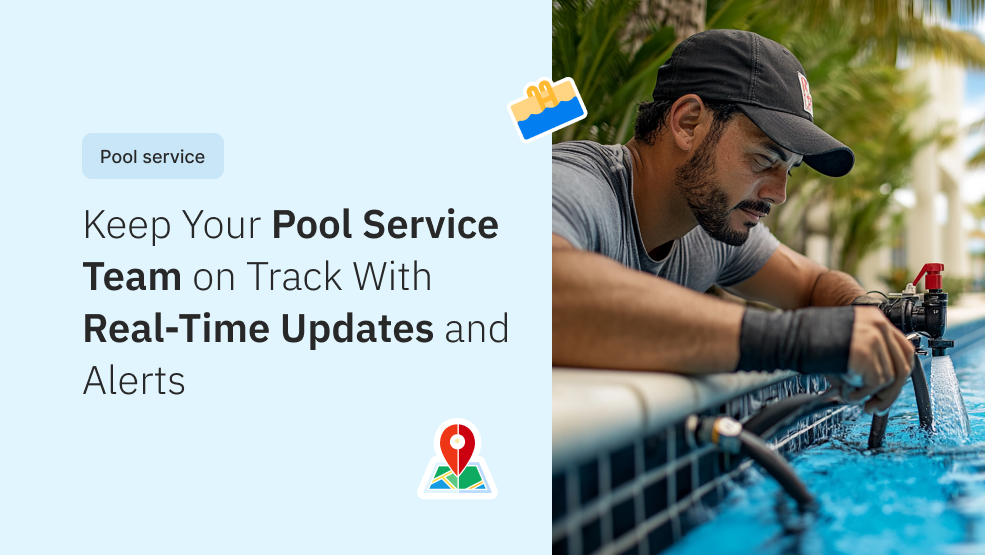Field service organizations have benefited tremendously from technological advancements—specifically when it comes to scheduling and dispatching. Let us take a look at the impact it has on field service businesses and how it is making processes more efficient than ever before! It’s truly an exciting time for businesses of all sizes looking to streamline their field operations and improve their customer service.
Benefits of Automation
When it comes to scheduling and dispatching, automation provides significant benefits. Automated software solutions like Zuper save time by eliminating dispatching and streamlining field service workflows.
Additionally, automated solutions increase accuracy by checking for scheduling conflicts or SLA breaches in real-time, helping you spot them as they occur. This reduces the potential for human error and increases customer satisfaction as service requests are handled quickly and correctly.
Finally, automated solutions provide scalability—they are able to handle larger workloads without requiring additional personnel or hardware investment from the organization.
Improved Communication
Communication is essential when it comes to scheduling and dispatching services, and thanks to technological advances staying in touch are easier than ever before. Instant messaging through Twilio, video conferencing, email, and mobile applications, have all helped communication between service businesses and their customers become faster, easier, and a more rewarding experience for customers.
Additionally, integrated dispatch boards enable organizations to keep track of customer requests in real time so that they can assign the right technician in a matter of minutes. This level of transparency ensures that all work orders are fulfilled quickly and accurately without compromising quality or customer satisfaction levels.
Enhanced Customer Service
Improved communication methods can help elevate your customer service experience considerably. For example, automated customer service systems like chatbots enable customers to get answers to their questions quickly without needing to contact a human representative directly (although they still have the option of doing so).
Additionally, tracking systems allow customers to receive up-to-date information on their service/work order status throughout the entire service lifecycle, which delivers a memorable experience since they are not left wondering when their service request will be resolved.
Wrapping Up
Technological advances have had a significant impact on scheduling and dispatching processes in service organizations everywhere. Automated software solutions help streamline workflows while improved communication technologies elevate customer service levels significantly. By providing customers with up-to-date information about work orders in a timely fashion, customer experience is improved substantially.
By harnessing the power of technology for improved scheduling and dispatching operations, organizations can ensure that all work orders are fulfilled quickly and efficiently without compromising quality or customer satisfaction levels. Chief Operations Officers should seriously consider implementing these technologies into their operations in order to stay ahead of the competition!








